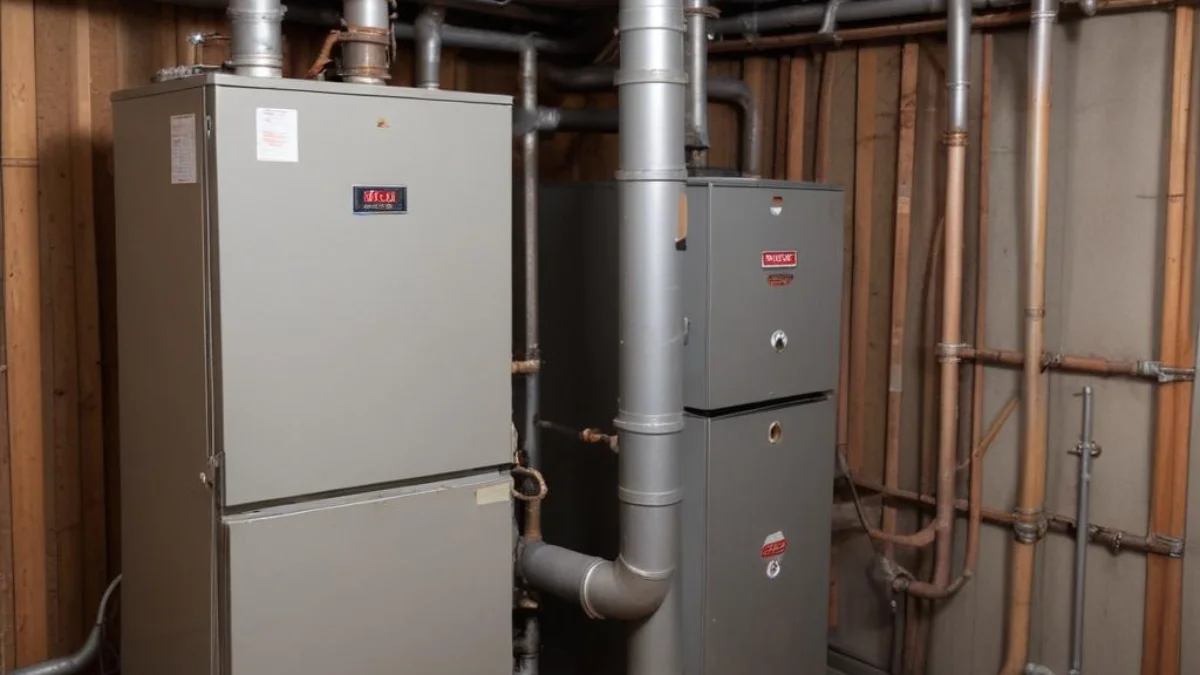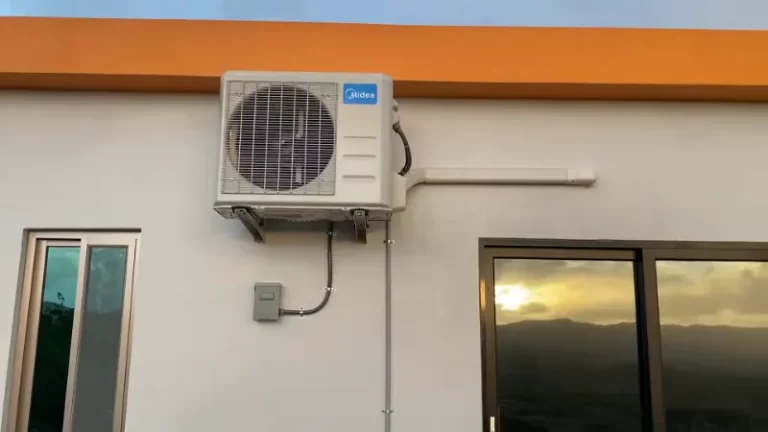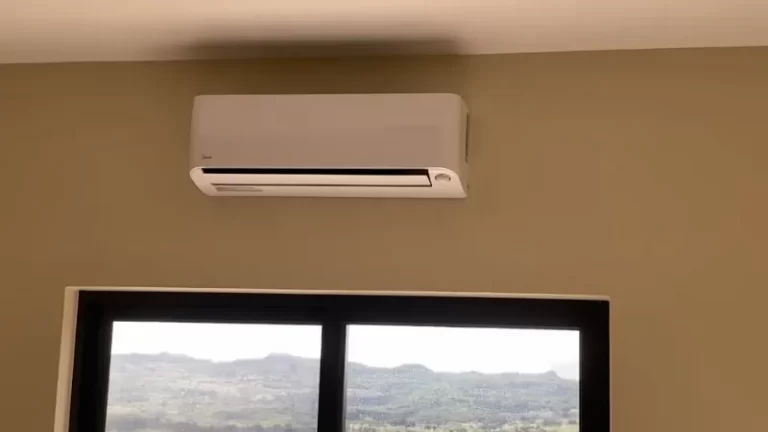Oil Furnace Removal: Your Guide to a Safer, More Efficient Home
That old oil furnace in your basement has been a workhorse, but is it becoming a source of worry? Many homeowners find themselves dealing with an aging, inefficient, and potentially hazardous oil heating system. You might be facing rising fuel costs, strange noises, or the constant anxiety of a potential breakdown in the middle of winter.
The problem is that older oil furnaces are not just inefficient; they can pose serious risks. From oil leaks to carbon monoxide emissions, the continued use of an outdated system is a gamble you don’t want to take. This guide will walk you through everything you need to know about oil furnace removal, helping you transition to a safer, more cost-effective heating solution for your home.
You'll Learn About
Is It Time for Your Oil Furnace to Go? 7 Telltale Signs
Deciding to remove an old oil furnace is a big step. If you’re on the fence, here are some clear indicators that it’s time to make a change. Ignoring these signs could lead to costly repairs or a complete system failure when you need it most.
1. Your Furnace is Over 15 Years Old
The average lifespan of an oil furnace is about 15 to 20 years, and that’s with consistent maintenance. If your unit is approaching or has surpassed this age, it’s operating on borrowed time. Modern furnaces are significantly more energy-efficient, meaning a replacement can lead to substantial savings on your heating bills.
2. Frequent and Costly Repairs
Are you on a first-name basis with your HVAC technician? If you find yourself scheduling repairs more than once a year, the costs can quickly add up. Investing that money into a new, reliable system is a smarter financial move in the long run.
3. Strange Noises or Smells
Your furnace should operate relatively quietly. Banging, rattling, or squealing sounds are often signs of mechanical failure. Similarly, any persistent burning or oily smells could indicate a serious issue with the burner or a potential leak.
4. Rising Energy Bills
As an oil furnace ages, its efficiency naturally declines. This means it has to burn more fuel to produce the same amount of heat, leading to a noticeable increase in your energy consumption and costs. If your bills are creeping up without a change in your usage habits, the furnace is likely the culprit.
5. Uneven Heating and Comfort Issues
Are some rooms in your house toasty warm while others feel like a freezer? An aging furnace often struggles to distribute heat evenly throughout your home. This inability to maintain a consistent temperature is a clear sign that the system is failing.
6. A Yellow Burner Flame
The burner flame in your oil furnace should be a steady blue. A flickering or yellow flame can be a dangerous sign, often indicating the production of carbon monoxide. This colorless, odorless gas is extremely hazardous, and any suspicion of its presence warrants an immediate professional inspection.

7. Visible Signs of Wear and Tear
Take a look at your furnace. Do you see rust, cracks, or corrosion on the exterior? These visible signs of deterioration often point to more serious problems within the unit. Don’t wait for a complete breakdown to address these issues.
The Benefits of Removing Your Old Oil Furnace
Moving on from an old oil furnace isn’t just about avoiding problems; it’s about embracing significant improvements for your home and the environment. Upgrading your heating system offers a multitude of advantages that you’ll appreciate for years to come.
One of the most immediate benefits is improved energy efficiency. Modern heating systems, especially electric heat pumps, can be drastically more efficient than old oil burners. This translates directly to lower monthly energy bills and a smaller carbon footprint.
Another key advantage is enhanced safety and air quality. Oil furnaces carry the risk of fuel leaks and carbon monoxide emissions. By switching from propane to electric water heater or a modern heating system, you eliminate these dangers, creating a healthier living environment for your family. Newer systems also have better filtration, which improves indoor air quality.
Furthermore, you’ll enjoy increased reliability and peace of mind. A new heating system means fewer worries about unexpected breakdowns during cold snaps. Modern units are built to last and come with warranties that protect your investment. This reliability is especially important if you’ve ever dealt with issues like a Mr. Heater Big Maxx short cycling, which can be a constant source of frustration.
The Oil Furnace Removal Process: A Step-by-Step Guide
Removing an oil furnace and its accompanying tank is a complex and potentially hazardous job. It involves handling leftover fuel, disconnecting electrical and fuel lines, and maneuvering heavy equipment. While some ambitious homeowners might consider a DIY approach, this is a project where professional expertise is highly recommended.
Step 1: Professional Assessment and Planning
The first step is to have a certified HVAC professional assess your current system and home layout. They will determine the best approach for removal, identify any potential challenges, and provide a detailed quote. This is also the perfect time to discuss your replacement options, whether it’s a high-efficiency gas furnace, an electric heat pump, or another modern solution.
Step 2: Draining and Removing the Oil Tank
Before the furnace can be removed, the oil tank must be dealt with. This is a critical step that requires careful handling of hazardous materials. A professional will pump out any remaining oil and sludge from the tank. This waste must be transported and disposed of according to strict environmental regulations.
Once empty and clean, the tank itself can be removed. If it’s located in an accessible area like a basement, it may be carried out whole. In tighter spaces, the tank might need to be carefully cut into smaller, more manageable pieces before being taken away for recycling at a certified facility.
Step 3: Disconnecting and Removing the Furnace
With the tank gone, the focus shifts to the furnace itself. A technician will safely disconnect the electrical wiring, fuel lines, and flue pipe (exhaust vent). The furnace, which is quite heavy, is then carefully dismantled and removed from your home. Professionals have the right equipment and experience to do this without causing damage to your property.
Step 4: Dealing with Vents and Piping
After the furnace is out, the old fill and vent pipes on the exterior of your house must be removed or permanently sealed. This is a crucial safety step to prevent an oil delivery company from mistakenly pumping fuel into your basement in the future. Any holes in your walls will be patched and sealed.
Step 5: Site Cleanup and New System Installation
A reputable company will thoroughly clean the area where the old furnace and tank were located, leaving your space ready for its next use or the installation of your new heating system. If you’ve noticed other HVAC issues, such as your microwave vent blowing cold air, this is a good opportunity to have your contractor inspect your home’s overall ventilation.
DIY vs. Professional Removal: A Critical Decision
Tackling home improvement projects yourself can be rewarding, but oil furnace removal is one area where the risks often outweigh the benefits. Handling fuel oil, which is a hazardous material, and dealing with a heavy, cumbersome appliance requires specialized knowledge and equipment. A mistake can lead to dangerous spills, property damage, or personal injury.
Hiring a professional ensures the job is done safely, efficiently, and in compliance with all local and environmental regulations. Professionals are insured, which protects you from liability in case of an accident. While it might seem like you’re saving money with a DIY approach, the potential costs of a mistake—from cleanup fees to fines—can be astronomical.
| Aspect | DIY Removal | Professional Removal |
|---|---|---|
| Cost | Lower initial cost, but high risk of expensive mistakes (spills, property damage). | Higher upfront cost, but includes safe disposal, labor, and insurance. Predictable expense. |
| Safety | High risk. Involves handling flammable materials, heavy lifting, and electrical work without proper training. | High safety. Trained and certified technicians follow strict safety protocols. Fully insured. |
| Time & Effort | Very time-consuming and physically demanding. Requires significant research and planning. | Fast and efficient. Professionals have the experience and tools to complete the job quickly. |
| Regulations & Disposal | Complex. You are responsible for knowing and following all local and environmental laws for oil and tank disposal. | Handled by the contractor. They ensure full compliance with all regulations and provide proper documentation. |
| Tools & Equipment | Requires renting or purchasing specialized tools (pumps, cutting tools, safety gear). | Professionals arrive with all necessary, industry-standard equipment. |
Understanding the Costs of Oil Furnace Removal
The cost of having an oil furnace and tank professionally removed can vary based on several factors. The size and location of the tank, the complexity of the removal, and your geographic location will all play a role in the final price. On average, you can expect to pay anywhere from a few hundred to over a thousand dollars for the removal service.
While this might seem like a significant expense, it’s important to view it as an investment in your home’s safety and value. Additionally, many HVAC companies will bundle the cost of removal with the installation of a new heating system, often providing a discount for the combined service. Be sure to get quotes from multiple reputable contractors to ensure you’re getting a fair price.
Choosing Your New Heating System
Once the old furnace is gone, you have an exciting opportunity to upgrade to a more efficient and environmentally friendly heating solution. Modern options offer better performance, lower operating costs, and advanced features.
High-Efficiency Gas Furnaces
If natural gas is available in your area, switching to a gas furnace is a popular and cost-effective choice. Natural gas is typically less expensive than heating oil, and modern gas furnaces boast high efficiency ratings, converting more fuel into heat and wasting less energy.
Electric Heat Pumps
Heat pumps are an increasingly popular, all-in-one solution for heating and cooling. They work by transferring heat rather than generating it, which makes them incredibly energy-efficient, especially in moderate climates. Newer models are designed to perform well even in colder temperatures, making them a viable option for a wider range of homes. The switch offers numerous benefits, from environmental impact to cost savings.
The Final Word on Oil Furnace Removal
Removing an old, inefficient oil furnace is a smart and proactive step for any homeowner. It’s a move that enhances your family’s safety, improves your home’s energy efficiency, and reduces your environmental impact. While the process may seem daunting, partnering with a qualified professional ensures a smooth, safe, and compliant transition to a better heating system. Don’t wait for a breakdown or a costly repair bill to force your hand. Take control of your home’s comfort and safety by planning your oil furnace removal today.


